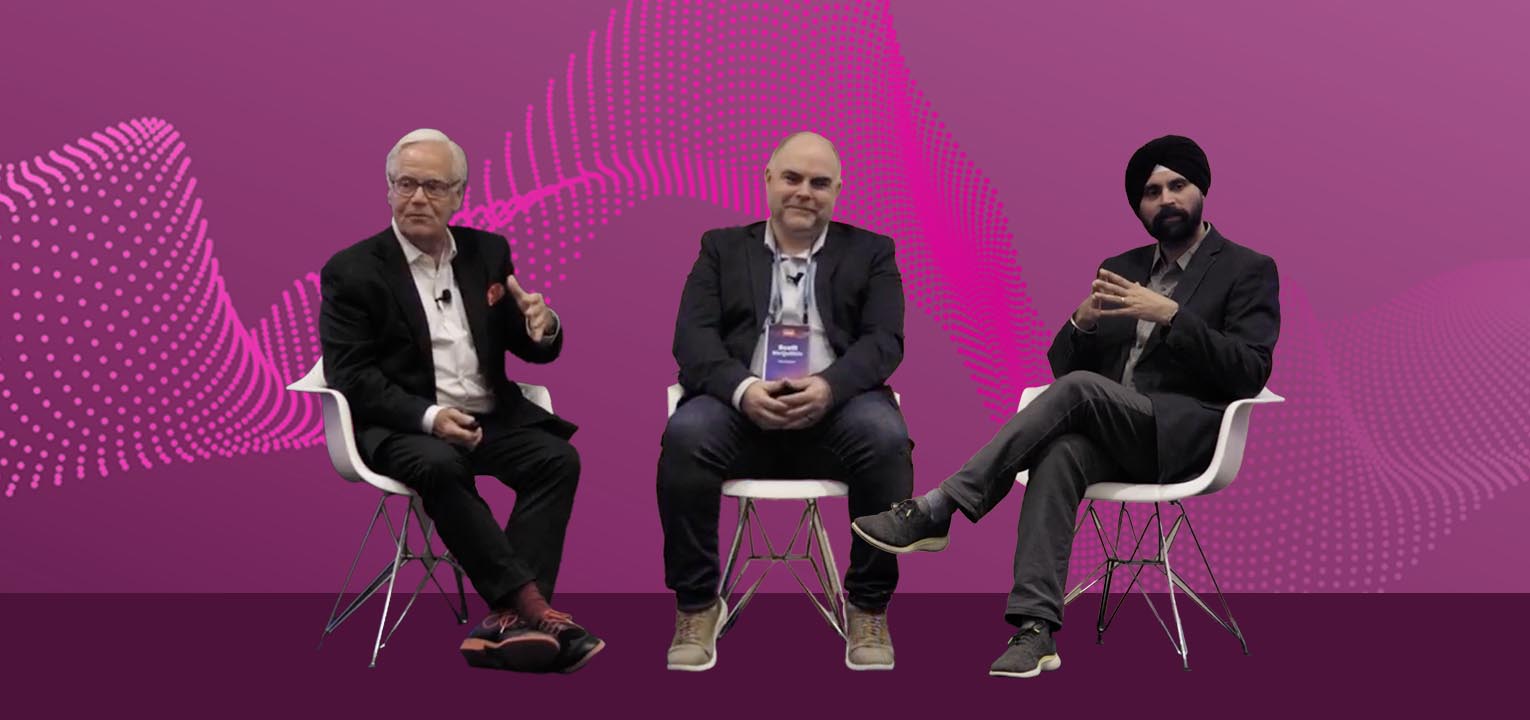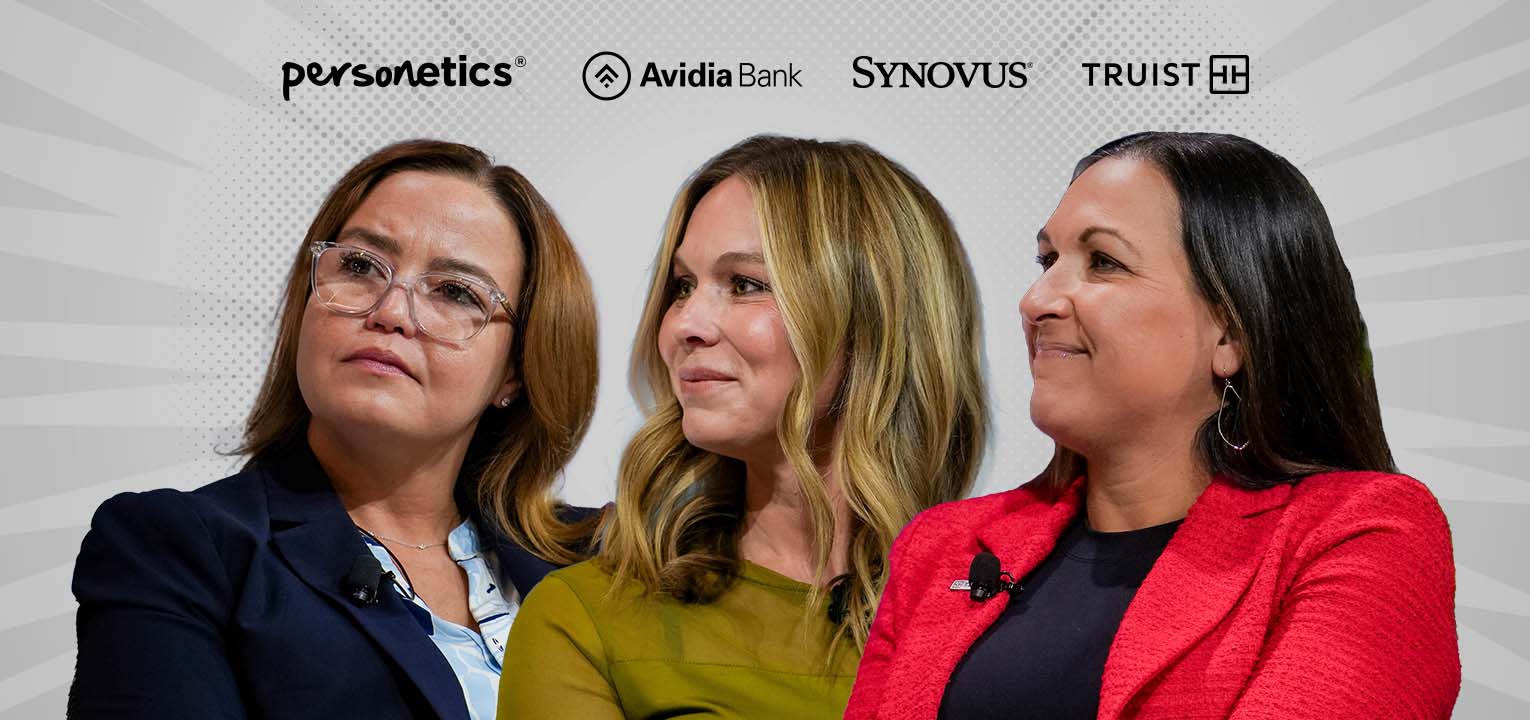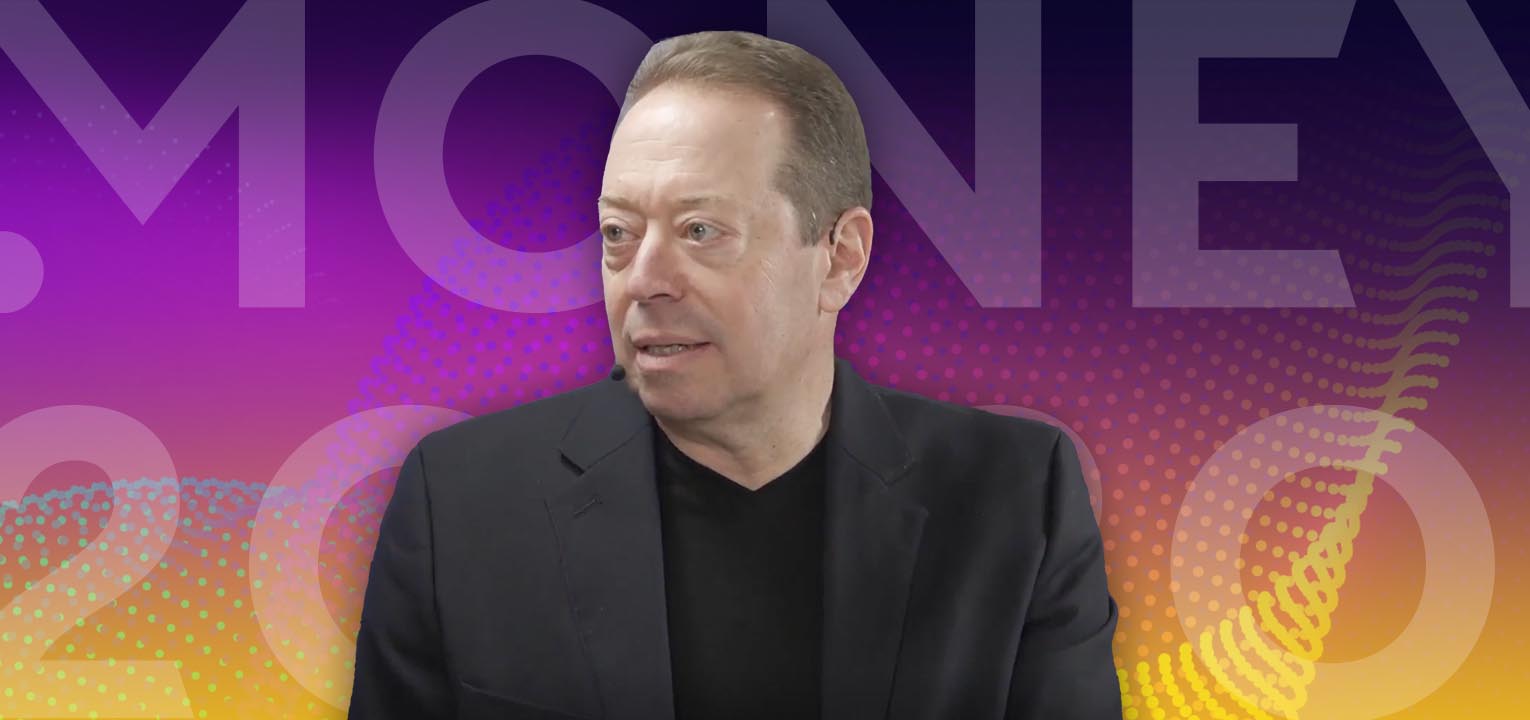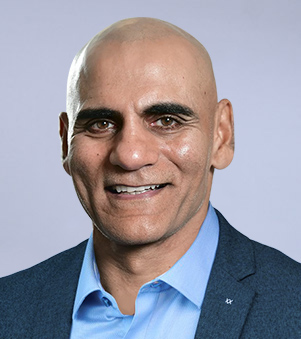July 10, 2025
The AI Implementation Reality Check

By Jody Bhagat, President Global Banking, Personetics
One of the most insightful sessions at the recent Financial Brand Forum wasn’t the polished keynote presentations or carefully choreographed demos. It was an unfiltered conversation between three practitioners who have actually been in the trenches of AI implementation in banking.
The “AI & the Industry today ” panel, moderated by Jim Marous, influencer and The Financial Brand Co-Publisher, brought together Scott McQuilkin, Global Solutions Consulting Leader at Personetics and Sumeet Grover, who recently moved from Alliant Credit Union to become Chief Growth Officer at University Federal Credit Union. What emerged was a candid discussion about the real challenges financial institutions face when trying to move beyond AI aspirations to actual results.
The Universal Data Excuse
McQuilkin’s opening observation resonated with many in the room: nearly every financial institution he encounters believes their data situation is uniquely terrible. “I speak to probably about 150 to 200 financial institutions annually,” he noted. “The first thing that 90% of them say is that our data is worse than everybody else you’ve ever talked to.”
The key insight is building a foundation that makes existing data usable rather than waiting for perfect data that may never materialize. As we’ve seen across our client base, organizations that focus on what they can do with their current data, while simultaneously improving it, make meaningful progress faster than those paralyzed by perfectionism.
Leadership Alignment: The Make-or-Break Factor
What became clear throughout the discussion is that successful AI implementation depends at least as much on organizational commitment as it does on technology selection. Grover’s experience scaling Alliant from $12 billion to $20 billion in assets over four years provided compelling evidence for this point.
His perspective on what’s required was particularly striking: alignment must extend far beyond the technology team to include the CEO, CFO, and Chief People Officer, along with risk management and finance teams. But here’s what many institutions miss—this can’t be viewed simply as a cost efficiency play. “It has to be more strategic in nature,” as Grover put it.
This organizational alignment challenge explains why we see so many institutions with impressive AI pilots that never scale. The technology works, but the institutional support structure doesn’t exist to sustain and expand the initiative.
Getting Partnership Right
One of the most practical parts of the discussion came when Grover outlined his framework for evaluating AI partners. His approach cuts through vendor marketing to focus on three essential criteria.
First, he looks for integration capabilities rather than point solutions. The complexity of modern banking technology stacks means isolated solutions create more problems than they solve. Second, he demands transparency around regulatory compliance—a non-negotiable in today’s environment. Third, and perhaps most importantly, he evaluates whether potential partners understand and align with the institution’s broader transformation goals.
“If you are not coming in aligned with my transformation, then it’s just a solution,” he explained. This perspective reflects a maturity in the market where institutions are moving beyond technology acquisition to strategic partnership.
The Power of Working Backward
Perhaps the most actionable advice from the session was Grover’s approach to goal-setting. Rather than starting with technology capabilities, he begins with a simple but powerful question: “What do you want customers or members saying about you in ten years?”
At Alliant, this translated into a specific Net Promoter Score target of 70, up from the mid-40s when he started. Working backward from this clear endpoint, the organization achieved this goal in three and a half years. This approach forces institutions to think beyond immediate tactical wins to longer-term strategic positioning.
The implications here extend well beyond AI implementation. Institutions that can clearly articulate their desired future state are better positioned to make the necessary investments and organizational changes to get there.
Addressing the Experience Gap
The conversation highlighted a persistent problem across the industry: the disconnect between marketing promises and actual user experience. Marous’s research showing 40-60% abandonment rates in digital account opening processes illustrates how institutions undermine their own growth efforts.
This represents a significant opportunity for Cognitive Banking applications that can proactively help customers through transitions; competitive necessities as customer expectations continue rising.
Rethinking Digital vs. Human
One of the more provocative moments came when Grover challenged the conventional wisdom about digital channels lacking empathy, arguing that digital devices have access to comprehensive customer data that human bankers simply don’t possess during typical interactions. This suggests successful institutions will create unified experiences where each channel contributes its unique strengths to the overall relationship.
The Path Forward
The panel reinforced what we’re seeing across our client base: while the technology for Cognitive Banking exists and customer demand is clear, success depends on organizational readiness and cultural alignment. Financial institutions that can establish clear goals, align leadership, and build strategic partnerships will create meaningful competitive advantages.
The institutions that continue waiting for perfect conditions—better data, bigger budgets, clearer regulations—will find themselves increasingly behind both customer expectations and more decisive competitors. The message for banking leaders is straightforward: start with your destination in mind, build the foundation you need with the data you have, and make sure everyone in your organization understands not just what you’re building, but why it matters for the customers and members you serve.
Ready to move beyond AI aspirations to actual results? Contact us to learn how Personetics can help you build the organizational foundation and strategic partnerships needed for successful AI implementation.
Want To See How Cognitive Banking and AI Can Transform Customer Engagement?
Request a Demo Now
Latest Posts

How to Monetize AI While Building Trust

Cognitive Banking, Primacy, and the New AI Playbook for Banks: Insights from Money 20/20

How to Prevent Churn & Grow Wallet Share: Bank Primacy Playbook

How to Maximize SaaS Value and Future-Proof Your Platform

Truist's Performance Marketing Journey: From Merger Challenges to Million-Dollar Results

How Asia Pacific Banks Are Redefining AI-Driven Engagement

Jody Bhagat
President Global Banking
Jody brings deep operating experience in financial services – managing direct channels, launching digital ventures, and leading digital transformation programs. He was previously a Partner at McKinsey & Company, where he helped financial institutions define and execute digital transformation programs to drive customer growth and operating efficiency. Jody also served in senior digital operating roles at U.S. Bank, Wells Fargo, and Providian. In these positions, he led digital sales and service functions and direct to consumer businesses to deliver organic growth and enhanced customer experience. Jody has an MBA from Northwestern University and a BS in Computer Engineering from The University of Michigan.









